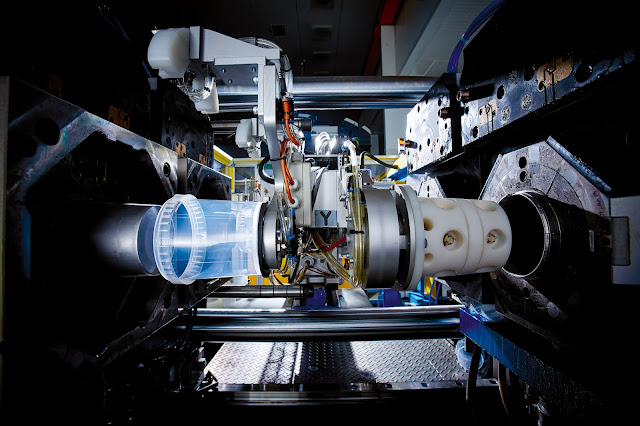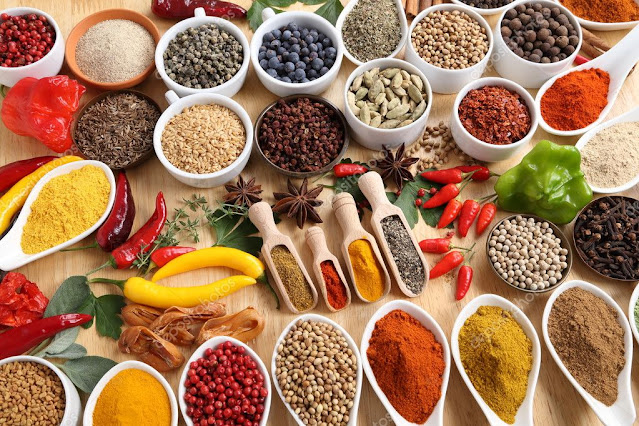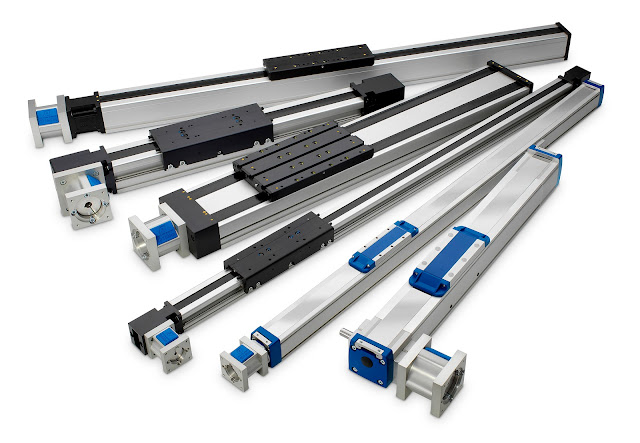Increasing Demand for Sustainable Packages in the World Is Boosting the In-Mold Label Market Growth
In-mold Label Market, By Process (Injection Molding, Extrusion Blow Molding, and Thermoforming), By Material (Polypropylene, Polyethylene, ABS Resins Polyvinyl Chloride, and Others), By Ink Type (UV Curable Inks, Water Soluble Inks, Thermal-cure Inks, and Others), By End-use Industry (Personal Care, Automotive, Food, and Beverages, Healthcare, Chemicals, and Others), By Region (North America, Europe, Asia-pacific, Latin America, Middle East & Africa) - Size, Share, Outlook, and Opportunity Analysis, 2022 – 2030.
Market Overview:
In-mold labeling is a process in which pre-printed labels are placed in the mold before the plastic molding process, resulting in a label that is permanently fused to the product. In-mold labels are made from a variety of materials, including paper, plastic, and foil. During the injection molding process, the labels are fused with the product, creating a seamless and durable label that cannot be removed or peeled off. In-mold labels provide a more durable and long-lasting solution than traditional labeling methods, making them ideal for products that require a high level of durability, such as food packaging, cosmetics, and household appliances. In-mold labels offer a high level of customization, allowing companies to differentiate their products in a crowded market.
Global In-Mold Label Market was valued at US$ 3.96 Bn in 2021 in terms of revenue, exhibiting a CAGR of 5.94 % during the forecast period (2022 to 2030).
Competitive Landscape:
Major players operating in the global in-mold label market include Inland labels, EVCO Plastics, Coveris, Jindal Films Americas LLC, Constantia Flexibles, CCL Industries, and Avery Dennison.
Key Market Drivers:
The growing demand for sustainable packaging solutions in the world is expected to augment the growth of the global in-mold label market. In-mold labels are more environmentally friendly than traditional labeling methods because they reduce the amount of waste generated during the production process. In addition, in-mold labels are made from recyclable materials, making them a more sustainable option for packaging.
The high adoption of in-mold labeling in the food and beverage industry is estimated to enhance the growth of the global in-mold label market. In-mold labels provide a hygienic and durable solution for food and beverage packaging, making them ideal for use in this industry. In addition, in-mold labels offer a high level of customization, allowing food and beverage companies to differentiate their products in a crowded market.
Covid-19 Impact Analysis:
The COVID-19 pandemic has had a mixed impact on the global in-mold label market. While the pandemic has led to a decline in demand for in-mold labels in some sectors, such as automotive and construction, it has also led to an increase in demand in other sectors, such as food and beverage and healthcare. The pandemic has also led to an increased focus on sustainable packaging solutions, which is expected to drive the demand for in-mold labels in the long term.
Key Takeaways:
North America is expected to dominate the growth of the global in-mold label market, owing to the increasing demand for sustainable packaging solutions. For instance, in March 2020, Muller Technology Colorado introduced the M-Line robot.
The Asia Pacific is estimated to witness high growth in the global in-mold label market, owing to the growing demand for in-mold labels in the food and beverage industry, as well as the rising adoption of in-mold labeling in the automotive and healthcare industries.




Comments
Post a Comment